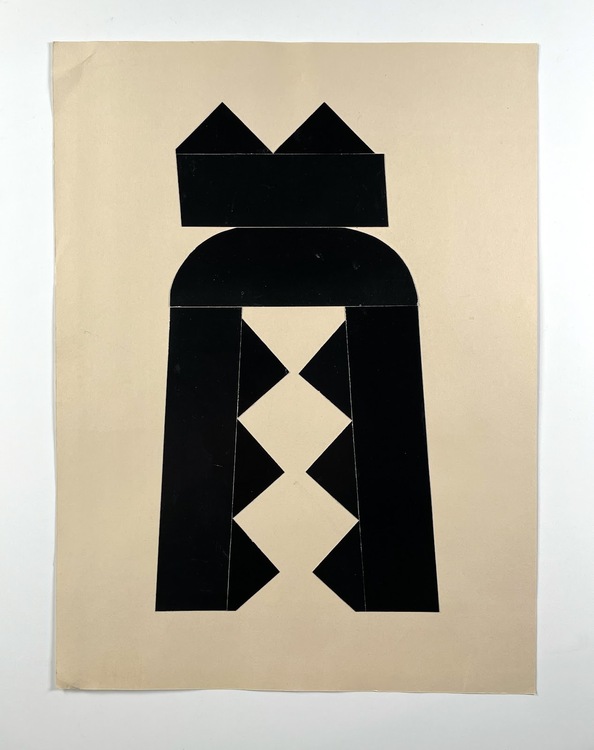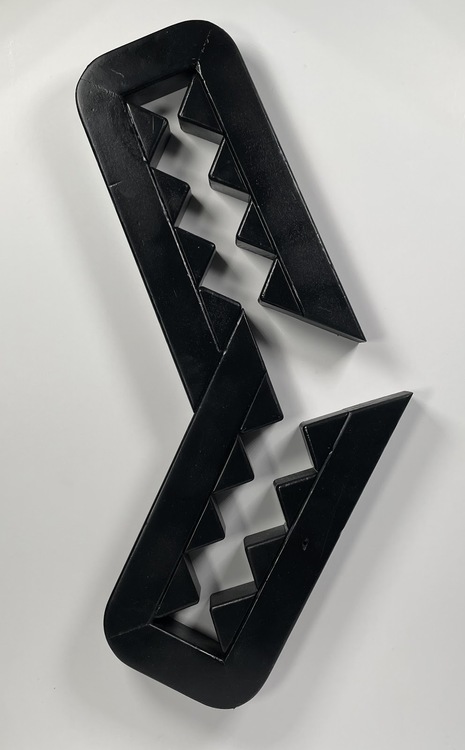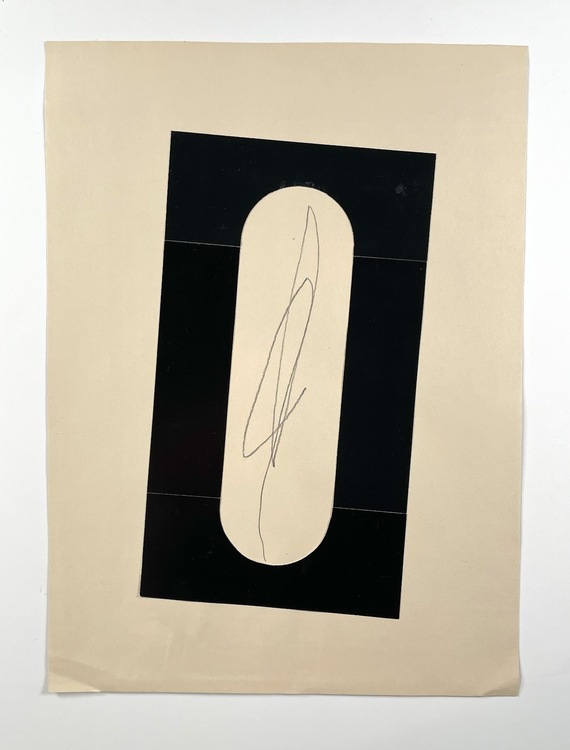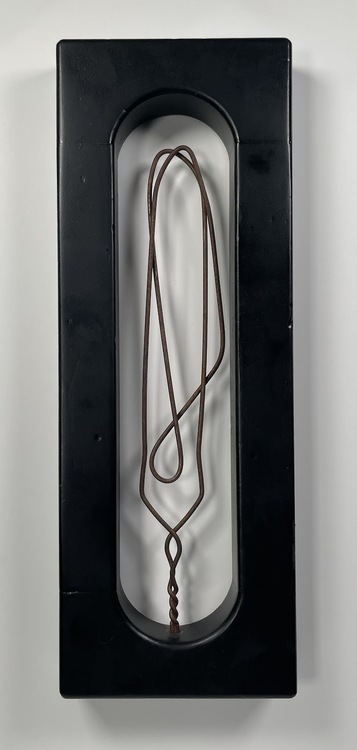Sculptures and their Collage
Hello, I'm Jeremy Grant, and I'd like to tell you a little bit about the Sculptures and Collage studies presented in the middle of this space. A significant part of my art making practice is experimentation and non-objective play. It's making something first and figuring out what it means later. Part of figuring things out for me is a process of association.
Well, I think that all collage is inherently associative. It's about placing one thing next to another and seeing what that calls to mind, and calling myself a collage artist, sort of identifying as a collage artist first, I tend to approach all the other mediums I get into with a collage mindset. So for me, the type of sculpture most resonant is assemblage.
It's using found or pre-made objects. Placing those next to each other and building forms and associations like you would in collage, but in three dimensions as well. Assemblage has been a part of my art making practice for a long time alongside of collage, but they're very different modes of working. They use different tools, different processes, and for me, they physically happened in different spaces.
So I'd been wanting to bring the spontaneity of my collage practice more into my sculptural works and my assemblage works so that I would not be overthinking my cuts and assemblies, even though those, you know, woodworking assemblage processes take significantly longer than the paper collage. Staying loose, staying spontaneous.
So I began a series of sort of conversations between collage and assemblage. Sometimes taking works between the different working areas and in some cases these collages are studies for the sculptures and in some cases the sculptures became references for the collages.
The whole goal was to create intuitively, explore and let things talk back and forth to each other. I started realizing some things that they were saying to each other. I realized that some of the pencil scribbles on my collage work were reminding me a lot of rusty wires that I had collected off the street that I had in my studio, and the woodblock toys that I was using in the assemblages and cutting up that those could imply shapes and structures for the collage.
I started finding that the sculptural forms, which are contending with, you know, balance and gravity, they, they have a weight to them when those spoke to the collages, the collages then tended to have that echo of gravity in them, even though they don't necessarily need to because they're on the page.
So these pieces are sort of a series of compositionally driven and playful experiments, and they might even mean something. But we might have to figure that out later.



